Full disclosure: I used keywords when teaching my students how to solve word problems.
I had a K-5 classroom for students with autism. There were so many different learning styles and needs just within my small class. In addition, these students, for the most part, were severely affected. Many did not speak, most did not read, and some were working at a preschool or lower academic level. The issue was: some of these students were in 4th and 5th grades. I felt compelled to somehow teach grade level content. It seemed hard for me to imagine some of them ever having to solve a problem like:
The train left the station at 7:45 pm going 65 mph. If Smallville is 75 miles away, what time will the train get there?
But, some might have to solve:
You want to make brownies. You need to add 1/2 cup of flour in the beginning and 1/2 cup of flour at the end. How much flour will you need to make the brownies?
So, after some preliminary research, I grabbed onto the idea of using keywords. I made every student a Keyword index card. It looked like this:
We would take the word problem, and not even read it. We would just look for a KEYWORD. Then the students would highlight it. Boy did they LOVE to highlight things. Then we would circle any numbers we found and put them together using the operation from the correct column where they had found the keyword. It seemed like such a great strategy, until I came across this problem on the end of year test:
I had 5 apples in my basket on Monday. On Tuesday I increased the amount of apples so now I have 7 altogether. How many apples did I add on Tuesday?
Using my strategy, my students happily highlighted the word altogether, found it on their card and completed the problem:
5 + 7 = 12 I had 12 apples on Tuesday!!
They were so sure, so proud of themselves, and of course so wrong.
I so wish this strategy would have worked. For students with autism and other significant disabilities, they really need a way to make things that are abstract more concrete or black and white. I still believe that, but now I know a better way to make that happen.
- First, you have to truly embrace and believe this is a worthwhile skill to teach to as many of your students as possible.
- Second, you have to realize that because this is truly a difficult skill even for our typical students, it will take lots and lots of practice. Really, LOTS and LOTS of practice.
- Third, you need to bring in manipulatives to help the students turn this abstract problem into something more tactile that they can set up and understand.
- Fourth, the problems need to be real. You should use problems that are practical and make sense to the students you are teaching. This will allow them to activate prior knowledge and make new connections that will help them solve word problems for years to come.
So, let’s look at how to work through a word problem with your students in a more appropriate and successful (not necessarily quick and easy) way.
Joe is allowed to watch 4 hours of TV at night. He has already watched 2 hours of TV. How many more house of TV can Joe watch?
This problem addresses a very real situation that your students may find themselves in. There are two ways to approach this problem: as a subtraction problem AND as an addition problem. It is important to use both methods if possible to expand your students’ true understanding of what is happening. Let’s work through it as an addition problem.
- READ through the problem.
- Talk through what is happening in general terms.
- Come up with some general estimates of an answer. For example, would it be reasonable to say Joe can watch 5 more hours of TV? Why or why not. This step really helps you assess if the students are grasping what the problem is really about.
- Using a work mat, set up the problem using manipulatives. I like to use a sticky note for the operation. That way the work mat is always the same, and the student can choose the operation he/she wants to use to solve the problem.
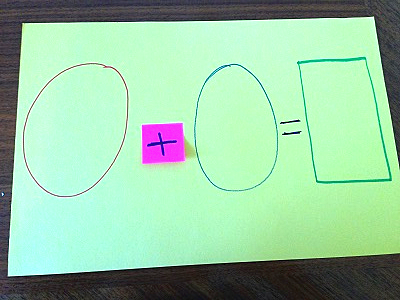
5. Have students talk about and share with each other how they decided to set up their manipulatives. The more they can explain what they are doing, the better they truly understand it. 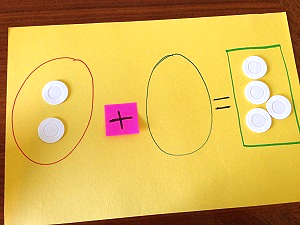 6. After talking through the solution, have students write the number sentence that represents the answer to the problem. 7. Finally, have students check their work by solving the problem and seeing if it makes sense.
6. After talking through the solution, have students write the number sentence that represents the answer to the problem. 7. Finally, have students check their work by solving the problem and seeing if it makes sense.
I am sure to many of you who teach severely affected students, this may sound way too complicated or even absurd. But I challenge you to try it. Students will only rise to the expectations that we set, and wouldn’t it be tragic if we set the bar too low.
If you would like more resources on solving word problems, including:
- Even more suggestions, like how to incorporate your really low learners
- Small group practice problems
- Worksheets that follow the same format as the work mat
Click on the pictures below:

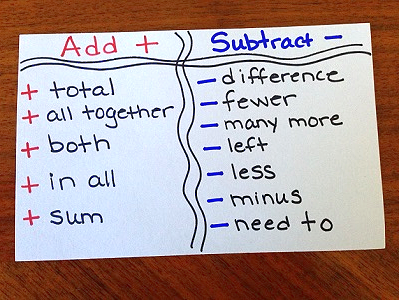
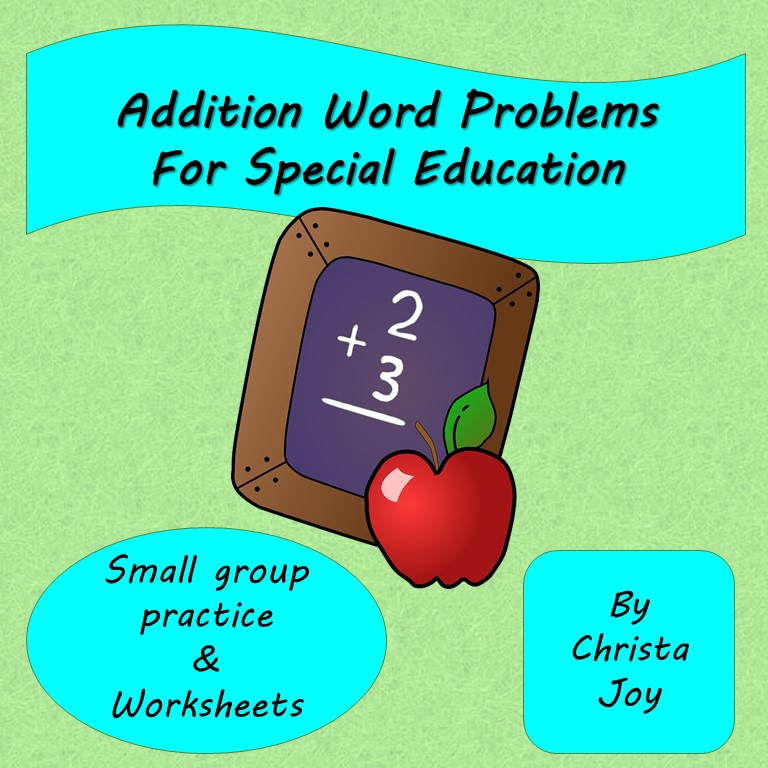
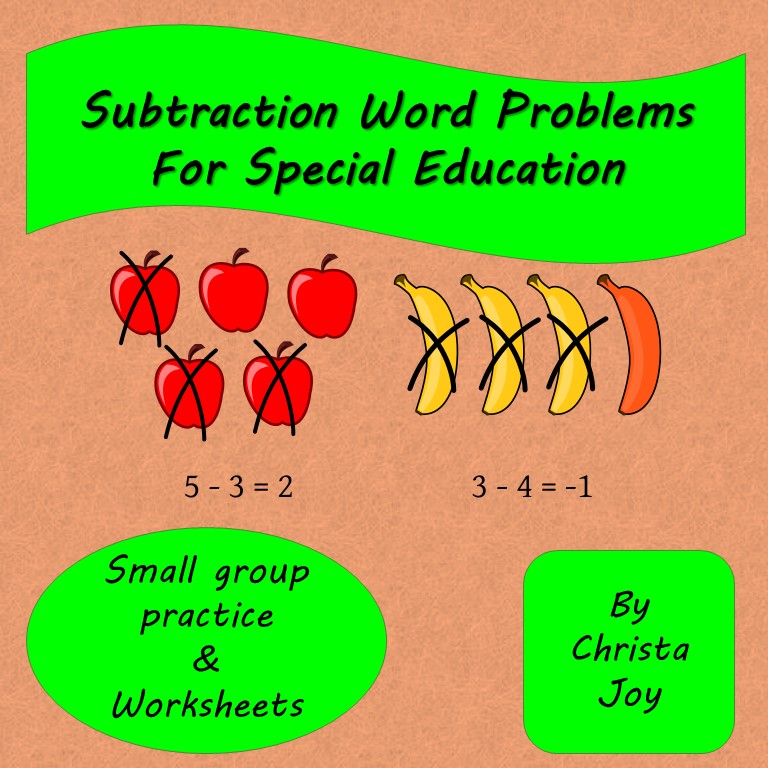


2 Comments
Izzy struggles with word problems and multi-step problems. This is great information you are sharing here, and it’s worth trying with her. I love your blogs. Keep up this fantastic work you are doing.
Word problems are difficult for so many students! You’re absolutely right that practice and more practice (along with plenty of patience) is the way to go. Thank you for linking up at my first Teaching Tuesday link up party. I hope to see you back each week!
~Heather aka HoJo~
Comments are closed.